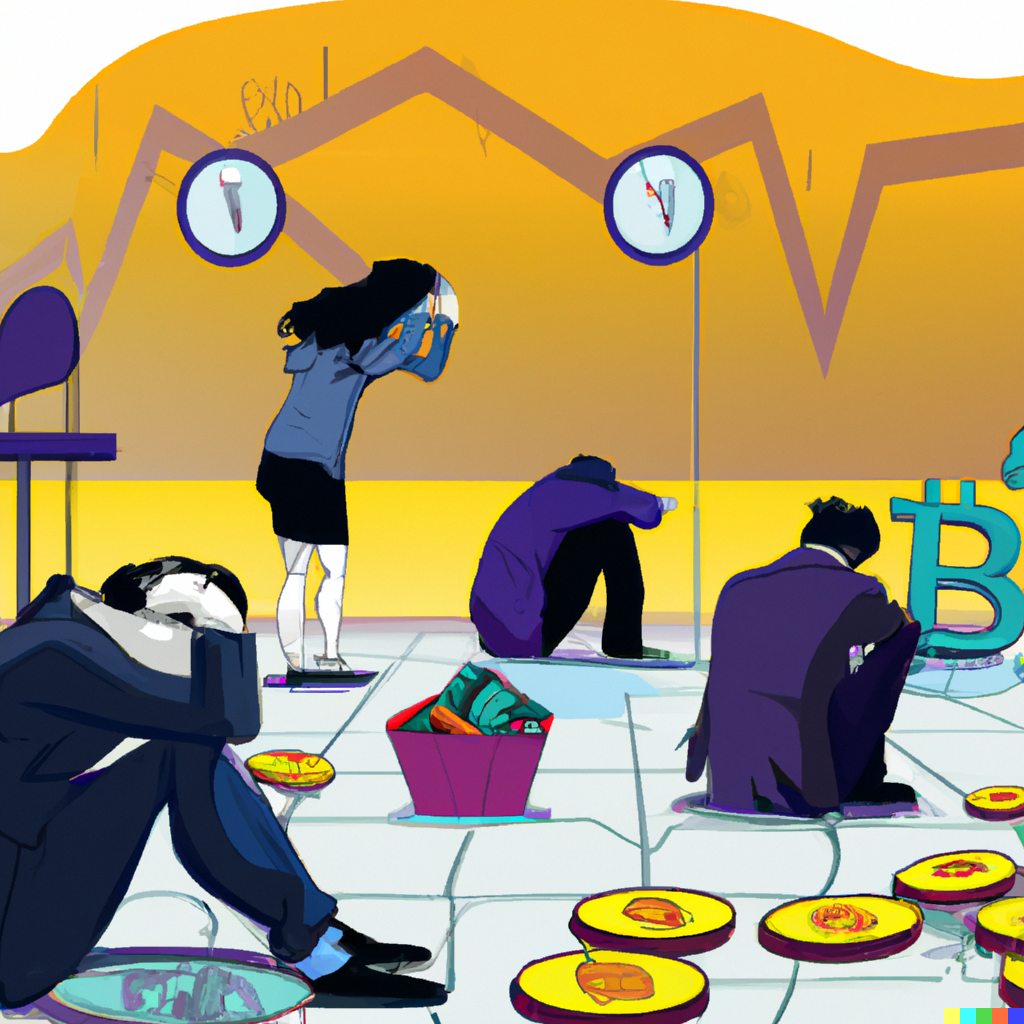
If you are concerned about the possibility of a cryptocurrency exchange going bankrupt and losing your bitcoin, there are a few steps you can take to protect yourself.
- Use a hardware wallet: One of the most secure ways to store your bitcoin is on a hardware wallet. These devices, such as the Ledger Nano or Trezor, store your bitcoin offline and allow you to access it with a unique set of security keys. This means that even if the exchange goes bankrupt, your bitcoin will be safe as long as you have access to your hardware wallet.
- Spread your risk: Instead of storing all of your bitcoin on a single exchange, consider spreading your risk by using multiple exchanges or by keeping some of your bitcoin in a hardware wallet. This way, if one exchange goes bankrupt, you will still have access to your other bitcoin.
- Use a reputable exchange: Do your research and choose a reputable exchange that has a track record of security and stability. Look for exchanges that are regulated and have strong security measures in place to protect your bitcoin.
- Enable two-factor authentication: Two-factor authentication (2FA) adds an extra layer of security to your account by requiring you to enter a code from a separate device before logging in or making a transaction. This can help prevent unauthorized access to your account if your login credentials are compromised.
- Keep your software and security measures up to date: Make sure to keep your hardware wallet software and any other security measures (such as antivirus software) up to date to ensure that your bitcoin is protected from potential vulnerabilities.
By taking these precautions, you can greatly reduce the risk of losing your bitcoin if a cryptocurrency exchange goes bankrupt. It is important to remember that even with these measures in place, there is always a risk involved when storing your bitcoin on an exchange or online.






